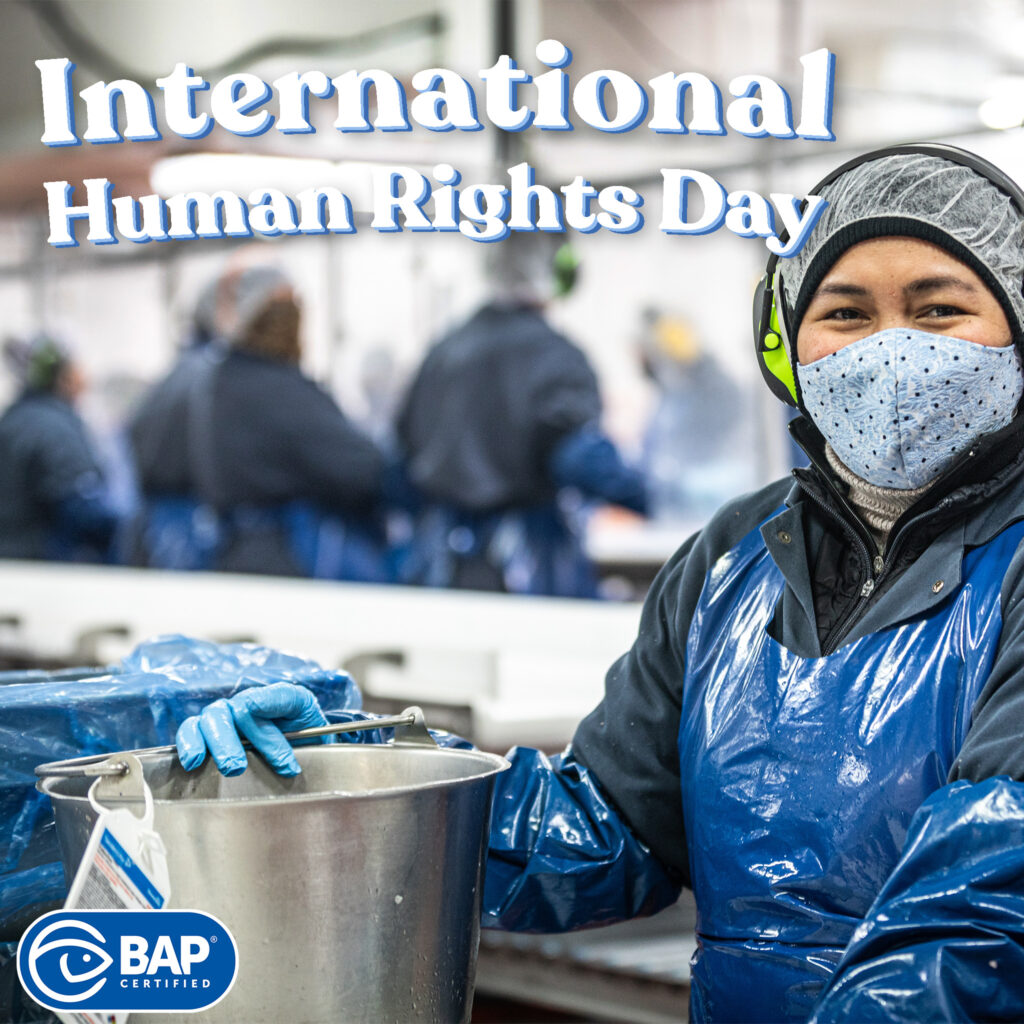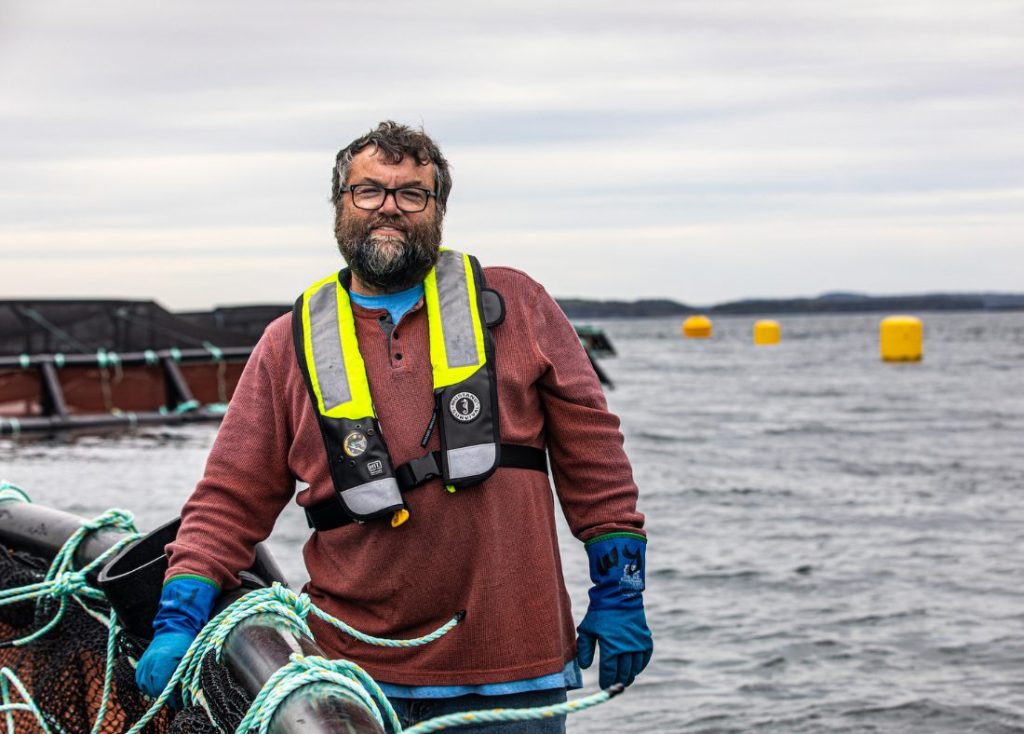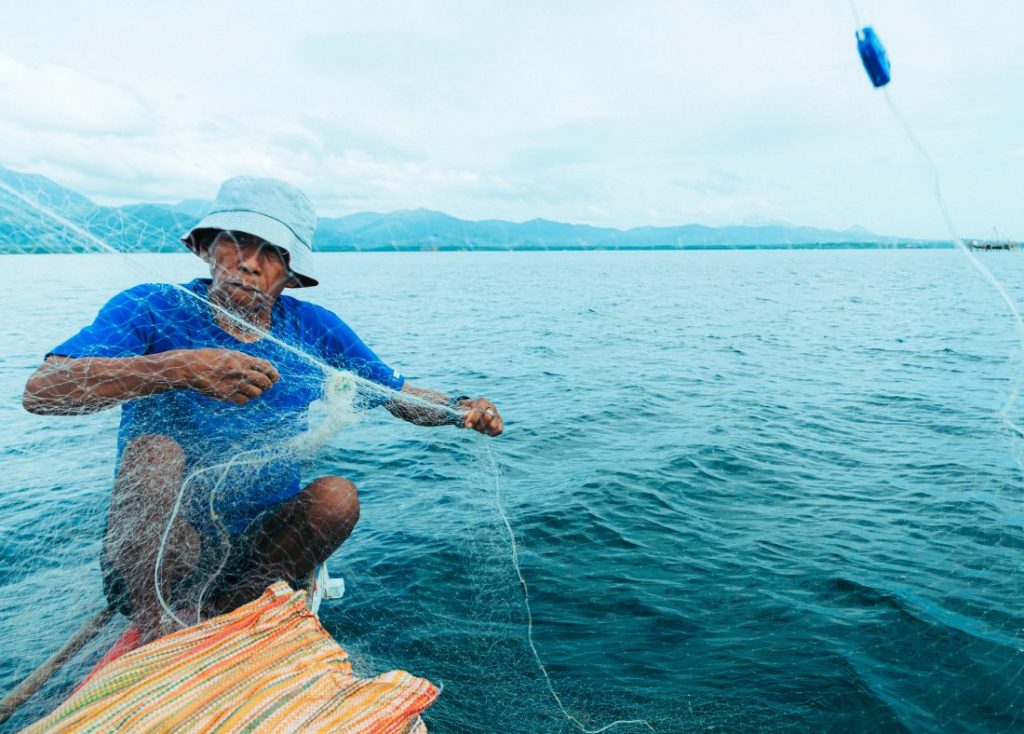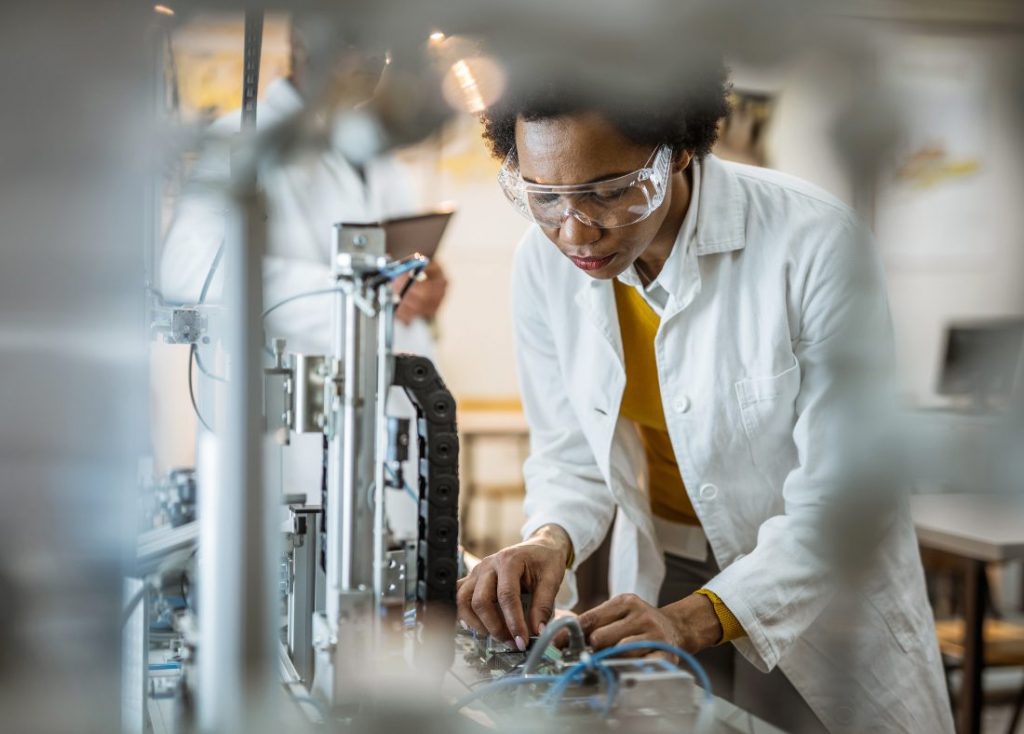Responsible Seafood: the Environmental Impact of Aquaculture
Our oceans are a vital source of food for millions of people around the globe. What few realize is the important role aquaculture, also known as fish farming, has played in communities and in the seafood industry for thousands of years.
We all know that seafood is a healthy food choice, rich in protein and minerals, but the decrease in wild fish stocks and a growing world population have many asking about responsible seafood options. Fish farming, when done responsibly, can efficiently feed millions of people each year, especially when compared with other animal proteins like beef, pork and chicken.
Aquaculture provides a promising opportunity to responsibly provide healthy food to the world. Yet misconceptions about farmed fish and the environmental impact of aquaculture persist. Modern monitoring and certification programs are working to ensure aquaculture is produced in a way that protects the environment, the people producing the food and the animals being farmed.
Table of Contents
- What is Sustainable Seafood and Why Does It Matter?
- How Aquaculture Affects the Environment
- The Positive Effects of Fish Farming on the Environment
- Responsible Fish Farming for Our Future
- Consumer Choice and the Importance of Eating Sustainable Seafood
- Myth Busting: Is Farmed Fish Bad for the Environment?
- Monitoring to Address the Problems of Aquaculture Production

As we see the growing impacts of climate change, the call for conservation and sustainability has become more urgent. How our societies produce and consume food and products is a significant contributor to greenhouse gas emissions. Many of us are looking for greener, cleaner sources of the things we need, whether gently used clothing or locally grown produce.
In years past, best practices were not consistently applied to aquaculture operations. As food quality standards have improved and advances have been made in resource management, aquaculture has taken an active role in battling wastefulness. The bad practices of the past have informed ways to improve food safety and production practices, not only helping to preserve the environment but also ensuring the longevity of the industry.
So what does sustainable mean anyway?
Sustainable (definition): “Capable of being maintained at a steady level without exhausting natural resources or causing severe ecological damage.”
Sustainable (how Global Seafood Alliance views the term): “Meeting the needs of the present while adhering to responsible practices that protect the ability of future generations to meet their needs. Sustainability involves seeking to minimize harm to the environment and the depletion of natural resources, and thereby supporting long-term ecological balance. In its strictest interpretation, sustainability is a theoretical state that is improbable to achieve, because it implies fully renewable inputs with no wastes or impacts. In practice, sustainability is a journey toward ever improving efficiency and compatibility.”
Then what is sustainable seafood?
In aquaculture, environmental sustainability has three main components: resource management, water conservation and environmental impact.
Resource management
As consumers become more aware of how the things we eat and buy can contribute to climate change, they have begun looking more closely at the way we produce our food. One advantage of aquaculture is the low feed conversion ratio of fish.
Feed conversion ratio is the amount of animal feed needed to produce one pound of protein. Farmed fish yield one pound of protein for every pound of feed—a feed conversion ratio of 1:1. For beef, pork and chicken, the amount of feed for one pound of protein can be between 2.2 (chicken) and 10 pounds (beef).
Water usage
Seafood producers have long known that clean water will help them produce a better quality product, yet managing wastewater that has the potential to pollute surrounding bodies of water has been a more difficult aspect of aquaculture to manage. Technology for wastewater management can be expensive for smaller producers. However, innovations such as using certain feeds that create less waste and feeding at certain stages in production have helped smaller producers to make their processes more sustainable.
In more controlled fish farming environments, recirculating aquaculture systems recycle the water fish live in by running it through filters, removing fish waste and food. The cleaned water is then recirculated back into the tanks. Using this process, producers save water and remove waste that can be used in compost or treated and used on land as fertilizer.
Environmental impact of aquaculture
In Southeast Asia, mangrove forests were at one time cut down to make way for shrimp farms. When the environmental impact of this method became clear, an aquaculture improvement project was put in place to restore these mangroves and the ecosystem aquaculture facilities once damaged.
Aquaculture has made great progress with water usage and pollution in recent decades, as well as reducing waste, improving feed development and ensuring the humane treatment of animals. Both national and international policies and guidelines have also made strides to help producers adhere to responsible measures, as have certification programs like Best Aquaculture Practices as well. Aquaculture has the potential to cause great harm to an ecosystem, making responsible farming practices that take into account both resource management and environmental impact essential.
Want to learn more about responsible seafood? Check out these resources.
From our blog: Responsible Consumption and Production of Farmed Seafood
Watch a video: Where does farmed seafood come from?

There are numerous areas of concern when it comes to the environmental impact of aquaculture and safeguarding the environment. Water quality and any pollution should be closely monitored, as should the use of any fertilizers. Here’s how aquaculture affects the environment and the areas aquaculture producers are watching for.
Ammonia and toxic metabolite
In aquaculture, metabolites like ammonia, carbon dioxide, nitrite, and hydrogen sulfide can rise to harmful levels. They enter the water via animal excretions and other organic decomposition. Controlled feeding, aeration of the water, and other treatments can help prevent this problem.
Pond liming and fertilization
Fertilization improves conditions for the healthy, managed growth of phytoplankton and other microorganisms that improve the quality of water. Liming of aquaculture ponds neutralizes acidity in soil and water and increases the alkalinity of culture water. The proper application helps ensure high-quality water and high-quality fish.
Water circulation and aeration
Still water can develop different temperature layers which reduces water quality with greater depth. Mechanical aerators raise oxygen levels and improve bottom conditions.
Feeding and water quality
Food is given to fish to support healthy growth, but food that goes uneaten and the waste produced by fish can have a negative impact on water quality. Effective feeding regimens can reduce fish waste and improve water quality.
Phosphorus and phytoplankton
Phosphorus is an essential mineral for fish and shrimp, and a key regulator of phytoplankton growth in aquaculture ponds. Phytoplankton supply natural food and oxygen through photosynthesis but can also cause reduced oxygen levels and other water quality issues.
Sediment and solids in water
Erosion, runoff, and sediment from the bottom of aquaculture ponds can decrease the quality of water and impact the health of fish. Managing soil erosion and other methods can reduce the sediment in the water and alleviate these problems.
Beyond considering these issues, the environmental impact of aquaculture is completely dependent upon the species being farmed, the intensity of production, and the location of the farm. Watch “Aquaculture and the Environment” to learn more.
Want to learn more about how aquaculture affects the environment? Check this out:
“What is Aquaculture’s Environmental Impact?”

Proper management of aquaculture is being done all over the world, but these efforts cannot be effective without buy-in from producers throughout a region. What one producer does can impact neighboring producers, making collaboration and sharing of best practices essential.
Collaborative efforts are being taken in China, India, throughout Central and South America, and in Clew Bay, Ireland, where the fishing community’s tradition of working together helped lead to more sustainable aquaculture practices.
Traditional fisheries and aquaculture producers of salmon and shellfish in Clew Bay came together to create a sustainable management plan that benefits a wide range of stakeholders. The result is an accredited program and single bay management agreement that lays protocols and best practices for stock management and area development, as well as creates programs like community beach cleanups, selling seafood to local restaurants and collaboration with nearby schools. It’s an aquaculture program that has a positive effect on the environment and the community.
In the Mahakam Delta in Borneo, Indonesia, fish farmers are working to undo the damage the shrimp farming industry caused in years past. In this GSA film, A Different Light, Rosida, a heritage shrimp farmer, and her daughter Aanisah connected a network of farms to protect the region’s rich orangutan forests, as well as their home’s future.
Interested in other positive effects of fish farming? Check out these resources.
See aquaculture in action in this article: Love thy neighbor: Ireland’s Clew Bay embraces aquaculture area management
Watch this video about aquaculture in Ireland: Hibernia and the Bay
From our blog: How can aquaculture protect our oceans?

The food we eat has a significant impact on our environment, biodiversity, and climate. Farming and food production contributes to greenhouse gas emissions, as well as deforestation and reduced biodiversity. Understanding food production and its impact on the planet can help us, as consumers, make more sustainable choices. While seafood production does contribute to greenhouse gas emissions, aquaculture has great potential to reduce our overall environmental impact on the planet.
In addition to finding sustainable sources for food, climate change is already impacting our waterways. Warming of the oceans and acidification are changing ecosystems and the reproductive capabilities of fish. Fish stocks are moving as oceans warm. Overfishing caused by the need to feed the earth’s growing population is straining fishermen and fishing communities.
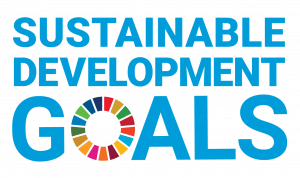 In 2015, the United Nations adopted the Sustainable Development Goals as a “universal call to action to end poverty, protect the planet, and ensure that all people enjoy peace and prosperity by 2030.” The 17 goals are designed to be integrated, recognizing one area will affect the others and that “development must balance social, economic and environmental sustainability.”
In 2015, the United Nations adopted the Sustainable Development Goals as a “universal call to action to end poverty, protect the planet, and ensure that all people enjoy peace and prosperity by 2030.” The 17 goals are designed to be integrated, recognizing one area will affect the others and that “development must balance social, economic and environmental sustainability.”
Educational programs, like those developed by GSA, seek to grow sustainable fish farming by empowering fish farmers to produce ethical food that considers environmental impact. Learning from past mistakes, whether it be overfishing, poor labor practices or harmful aquaculture practices, is informing the best practices of today to ensure seafood is a reliable and safe food source for generations to come.
Want to know more about sustainable fish farming? Check out these resources:
From the Aquademia podcast: The Earth’s Got Issues
From our blog: How Farmed Seafood Can Support Climate Action
From our blog: Consensus on seafood’s planetary and human health benefits

Consumers are empowered to make better choices when they know where their food comes from. It allows us to buy local and opt for responsibly sourced products. These acts, in turn, encourage retailers and restaurants to carry more responsible seafood options.
Research shows that consumer behavior is changing. Data from the IBM Institute for Business Value found that when shopping for food, 44% of consumers are purpose-driven, rather than being swayed by value or a particular brand. Increased demand from consumers for sustainable, ethically sourced products increases a retailer’s desire to provide food that’s of a higher standard.
A study conducted by Changing Tastes in 2021 found that seafood is the preferred choice of U.S. consumers looking to eat less red meat and that eco-labels such as Best Aquaculture Practices (BAP) are more often influencing consumers to choose one product over another or one brand over another. In fact, 46 percent of U.S. consumers have favorable views of retail channels that display the BAP label, while 64 percent of consumers would choose products with the BAP label over other proteins.
National Center for Ecological Analysis and Synthesis postdoctoral scholar Halley Froehlich, who studies the potential of aquaculture, sees consumer perception as an important factor in retailer decisions.
“Collectively these small life choices that you make can have a really substantial and beneficial impact not just on the environment but on your health,” said Froehlich. “You have some control to help and what you eat is part of that.”
Want to know more about choosing sustainable seafood? Check out these resources.
From the Aquademia podcast: Seafood and Global Climate Change
From our blog: The Basics of Farmed Seafood: A Roundup

When you think of farmed fish what do you think? Not as tasty? Not as fresh? Not as “natural” as wild-caught fish? Despite the benefits of aquaculture, stories of poor practices have created a negative perception of farmed fish. These myths need busting once and for all if we are to grow our sustainable food sources.
Farmed fish isn’t safe
Farmed seafood is both safe and healthy to eat. Facilities undergo regular inspections, and adhere to high standards if certified. Because farmed fish are given controlled diets, the omega-3 fatty acid levels and nutritional value are similar to fish caught in the wild. Farmed fish are generally free of environmental contaminants like mercury, heavy metals and microplastics, as they exclusively eat human-processed feed.
All seafood — both wild-caught and farm-raised — is considered to be safe and nutritious. As with all foods, there are food-safety hazards associated with seafood, and regulation of aquaculture production helps to limit this risk. Less than 10% of food-borne outbreaks from 2009–2015 were related to seafood (including those sourced from aquaculture), making it one of the safest foods available.
Safety is one of Best Aquaculture Practices’ four pillars of sustainability, the foundation of its certification program of aquaculture standards. Purchasing seafood certified by BAP is yet another way to ensure its safety.
Farmed fish have high levels of antibiotics
The use of antibiotics for non-therapeutic purposes in aquaculture is prohibited by law in the United States. Globally, antibiotic use in aquaculture is on the decline due to better husbandry and vaccines that have been developed for major bacterial diseases. A farmer may use a limited amount of aquatic animal drugs including antibiotics to treat specific conditions only.
Farmed fish hurts the environment
Regulatory agencies have recognized the effects of aquaculture on waterways, and improvements have been made, such as sitting the location of the fish farm in an area with strong currents to disperse the effluent. Additionally, farming of filter-feeders, like shellfish, can improve water quality.
Want to know more about fish farming and its impacts on the environment? Check out our resources.
From our blog: Farmed Seafood: Fact vs. Fiction
Watch a video: Farmed Seafood: Fact vs. Fiction
Watch a video: Is Farmed Fish Safe to Eat

Certification programs let consumers know that producers are following best practices to deliver farmed seafood safely and responsibly. These programs are all different but typically look at some combination of the following:
Hatcheries
Where the breeding of fish and hatching of eggs happens, as well as rearing aquatic animals through the early stages of life.
Farms
Where aquatic animals are grown to harvest size for consumption. Farming can occur in ponds, oceans, cages, tanks, raceways or closed-containment vessels.
Feed
Aquaculture feed is the food given to aquatic animals to meet their nutritional needs. Feed is produced in a feed mill using a blend of ingredients specific to each species.
Plants
To prepare fish for sale and eventually consumption, seafood products are sent to a processing plant where they may be peeled, filleted, flavored, cooked, frozen or packaged.
BAP is a seafood-specific certification program that aims to tackle the problems of aquaculture production in four key areas of sustainability – environmental, social, food safety, and animal health & welfare – addressing each step of the aquaculture production chain. Programs like BAP make it easier for consumers to know they are getting high-quality seafood, simply by looking at a logo on a package, at the food counter, or on a menu.
Monitoring and certification programs have allowed producers to show their product meets a high level of quality. As certification continues to expand, it also increases the efficiency, sustainability, and environmental advantages of aquaculture.
Want to understand how monitoring and certification programs are helping ensure sustainability? Check out our resources.
About Best Aquaculture Practices (BAP) certification: How do BAP Standards Help Protect the Environment?
Watch a video: What is BAP?
Learn more about the seafood supply chain: Seafood with Standards series
The call to eat more seafood is no longer being made just by doctors and nutritionists — it’s something climate-change scholars and activists are making as well. Estimates show that by 2030, 62% of the world’s food fish will come from aquaculture. To meet future needs, aquaculture production needs to increase by 46.4 million metric tons. This enormous potential growth must happen in a sustainable way if we are to feed the world’s population and address the challenges of climate change safely.
Show your support for responsible seafood
Your membership dollars directly support initiatives around the world to improve the seafood industry, such as uplifting small-scale farmers, our work with the UN Sustainable Development Goals, and digital traceability initiatives.

